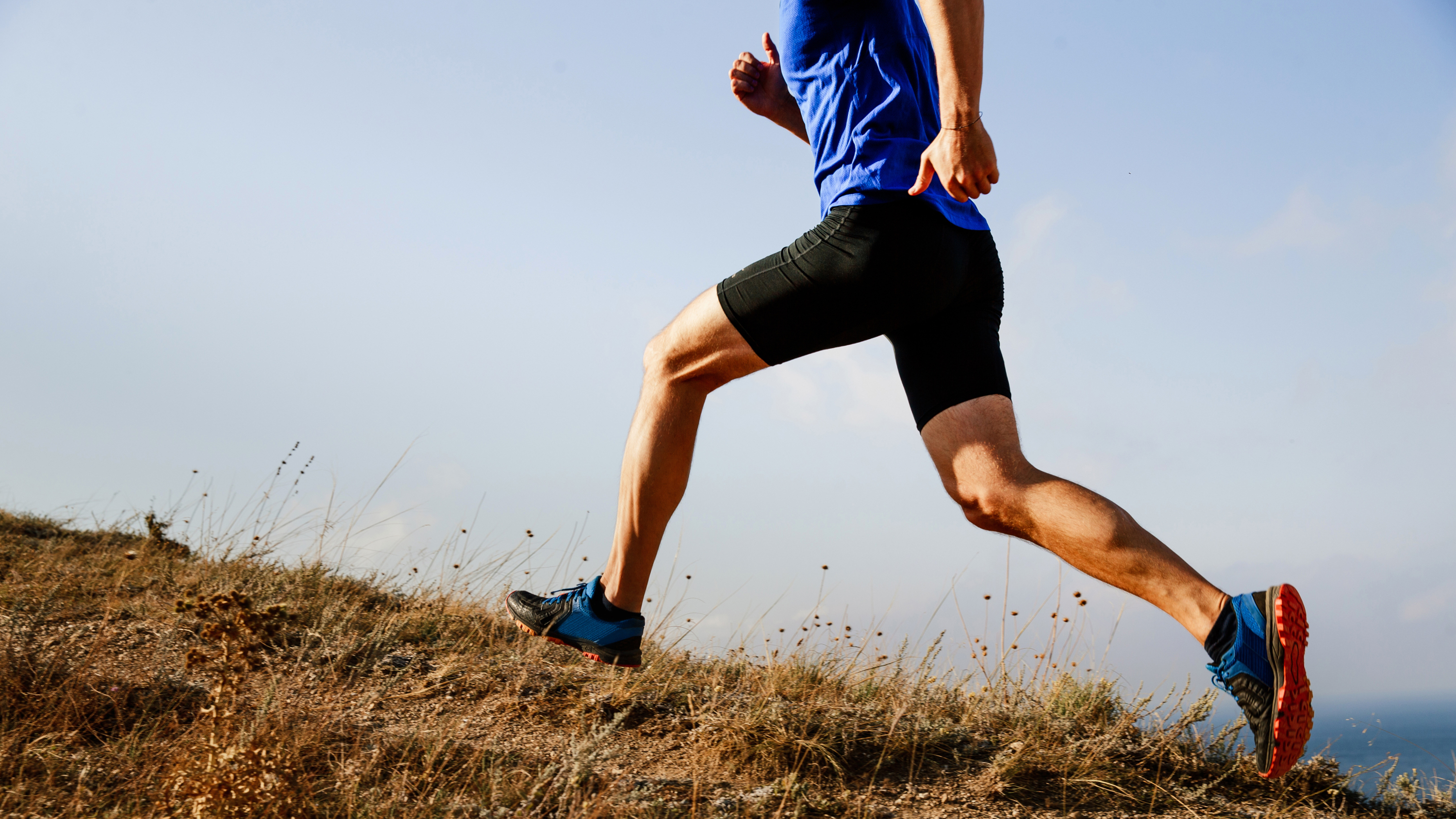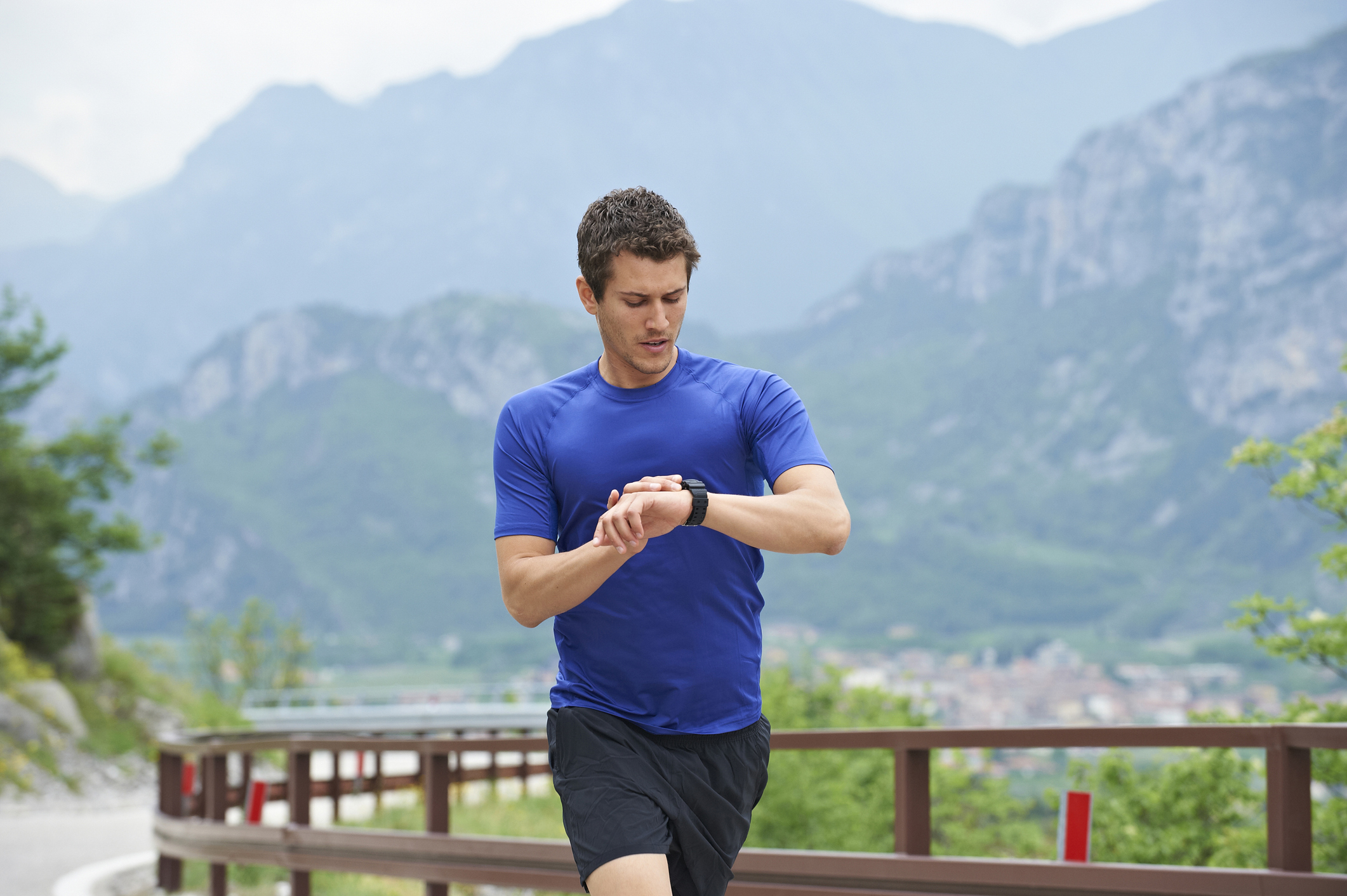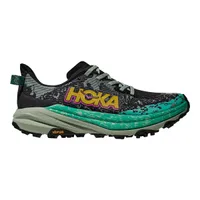I swapped the StairMaster for hill running — here’s what it did for my mind and body
The hills were alive with the sound of my huffing and puffing

The StairMaster is a popular gym machine that offers a hefty lower-body workout. On those revolving steps, you build strength in your quads, glutes, and calves while challenging your cardio and burning calories.
That’s all fine and well until you get bored three minutes in, staring at the plain white gym wall in front of you, wishing you had downloaded something on Netflix to pass the time as you count down the remaining steps. There are certainly ways to spice up your StairMaster sessions; for example, my colleague Sam tried the 25-7-2 TikTok workout for a week. The challenge involves setting your StairMaster to level seven, stepping for 25 minutes, and completing the workout twice a week.
But I’m a sunshine worshipper, and if I can work out outdoors instead of indoors, I will. So, while trying to figure out how I could get benefits similar to those offered by StairMaster, I decided to ditch the StairMaster and the gym altogether and take to my local hills to work out. Here's what happened.
Modern technology makes it easy to find hilly locations
I felt a bit like a grandma saying “technology is great, isn't it,” but it really did help when I started looking for good hill running spots. After moving to my new area, I used Strava’s route maps (part of its premium features) and played around with filters like elevation and distance to find hilly routes other local runners were using.
For my first session, I didn’t follow a set plan. I just wanted to see how I handled the elevation. If you already know your local hills, you could turn them into a short workout, like a set of sprints with jog-back recoveries.

Being surrounded by nature was a great distraction
It sounds a bit cliché, but I genuinely feel a rush when running up a steep hill, surrounded by greenery with even bigger hills looming in the background. Breathing in fresh air instead of the recycled, sweaty air from the gym is also a huge bonus. Hill running is undeniably hard, but being outdoors helps to distract you from how tough it is.
Plus, it’s easier to take walking breaks without messing around with machine settings. You can just ease off when you need to and get going again when you're ready.
Get instant access to breaking news, the hottest reviews, great deals and helpful tips.
I know I’m lucky to live right at the foot of some scenic hills, and not everyone will have easy access to this. But you definitely don’t need to live near mountains to give hill running a go. A steeper path in your local park can work just as well, and apps like Strava are great for spotting popular hill routes nearby.
If you’re heading off-road like I did, I’d highly recommend wearing a pair of the best trail running shoes for adding grip and stability on uneven ground.
The Hoka Speedgoat 6 is built for rugged terrain, with grippy soles that keep you stable on uneven trails and a cushioned feel that helps soften steep climbs and descents. They're light, comfortable, and designed to handle hills with confidence.
The glute burn was real
Just like the stairmaster, hill running really puts your glutes to work. It mainly activates the gluteus maximus, which plays a key role in hip extension and powering you forward as you climb. The steeper the gradient, the harder those muscles fire to keep you moving.
I usually notice it the day after, not an overwhelming soreness, but a solid, satisfying ache that feels like progress. In short, hill running is a practical way to build glute strength using just your body and the terrain.
What the science says about hill running
Hill running is not just a tough workout but one with real benefits. A recent study published in the Journal of Sports Sciences looked at hill runners’ fitness, body composition, and performance. It found that better aerobic capacity and lower body fat were linked to stronger hill running performance. The study also noted that hill running pushes you close to your maximum effort, which is a sign of an effective cardiovascular workout.
However, it's important to note that another key takeaway from the study was that many hill runners might be burning more energy than they take in, so fueling properly is important if you increase your hill running sessions.
Follow Tom's Guide on Google News to get our up-to-date news, how-tos, and reviews in your feeds. Make sure to click the Follow button.
More from Tom's Guide

Jessica has been a fitness writer at Tom’s Guide since 2023, bringing three years of experience writing about health, fitness, and the great outdoors. Her passion for exercise began during her childhood, where she spent weekends hiking and competing in local athletics club events. After earning a master’s degree in journalism from Cardiff University, Jessica found the perfect way to combine her love of storytelling and fitness into a career.
Jessica is passionate about testing fitness gear and tech, using her reviews to help readers make informed buying decisions. She ran her first marathon in April 2024, finishing it in 3 hours and 48 minutes. Through her training, she’s developed a deep understanding of what it takes to grow as a runner, from effective workouts and recovery techniques to selecting the right gear for every challenge.
When she’s not at her desk, Jessica enjoys spending time in the kitchen crafting new recipes, braving cold water swims and hiking.
You must confirm your public display name before commenting
Please logout and then login again, you will then be prompted to enter your display name.

